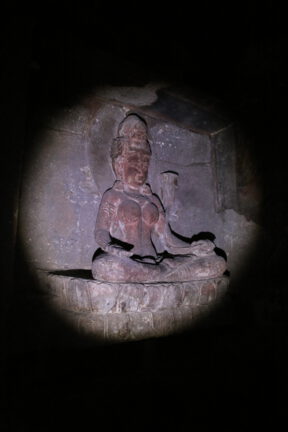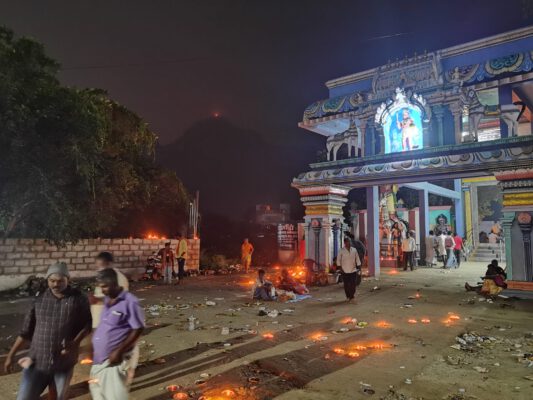Ihe Kena Upanishad describes how the self as such does not exist. Who sees in seeing, who hears in hearing? This cannot be answered. In the Christian tradition, a self has been constructed for this purpose. I see, I hear, cogito ergo sum, imago ergo sum.... What is this cogito (I think), the imago (I imagine)? The I that creates identity, has responsibility, acts and interacts.
It seems clear that thinking, if it is conscious of itself, needs a point of reference. I write this, you read this... But this point of reference is a consciousness that constitutes the self in the first place, as an illusion. Recognizing consciousness and overcoming the self is the central core of Eastern meditation. Focusing on the here and now, perceiving sensory impressions and understanding them as such is a central part of spiritual practice. But where does imagination come from? Why can I conjure up memories, be caught up by them? What is the force that controls thought and creatively brings forth something new?
Bringing this restless self to rest is the first step towards bliss, a step towards nirvana. And yet it is this self that allows us to be together with others, that gives us an awareness that there is a consciousness beyond our self.
Stages of consciousness
Consciousness is general, i.e. it exists as such in the world. We participate in it. We can participate in it unconsciously, selflessly and contemplatively, acting and interacting. A self can be constituted that is not conscious of itself, but is its point of reference. It can grow beyond itself. Consciousness can transcend, dissolve and immerse itself, merge and empathize. Consciousness travels in the world of sensory impressions, memories and ideas. It connects and disintegrates. When we sleep, where is it? Who or what is dreaming? In a dissociation, a schizophrenia or a delusion, is consciousness torn apart?
In contemplation, consciousness is the other, in transcendence it is the resting point of clarity. In volition it is agent and in interaction it is self.







